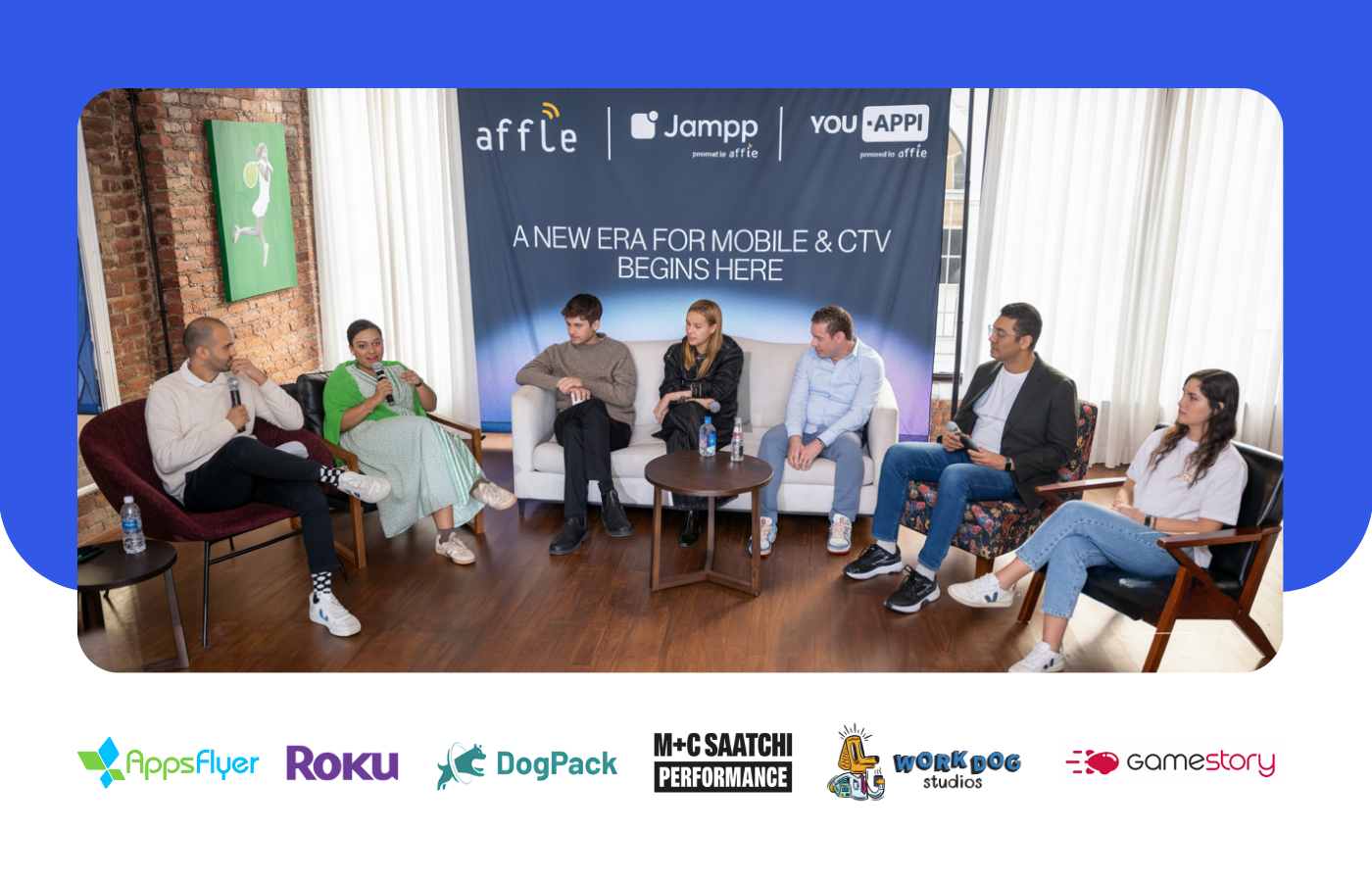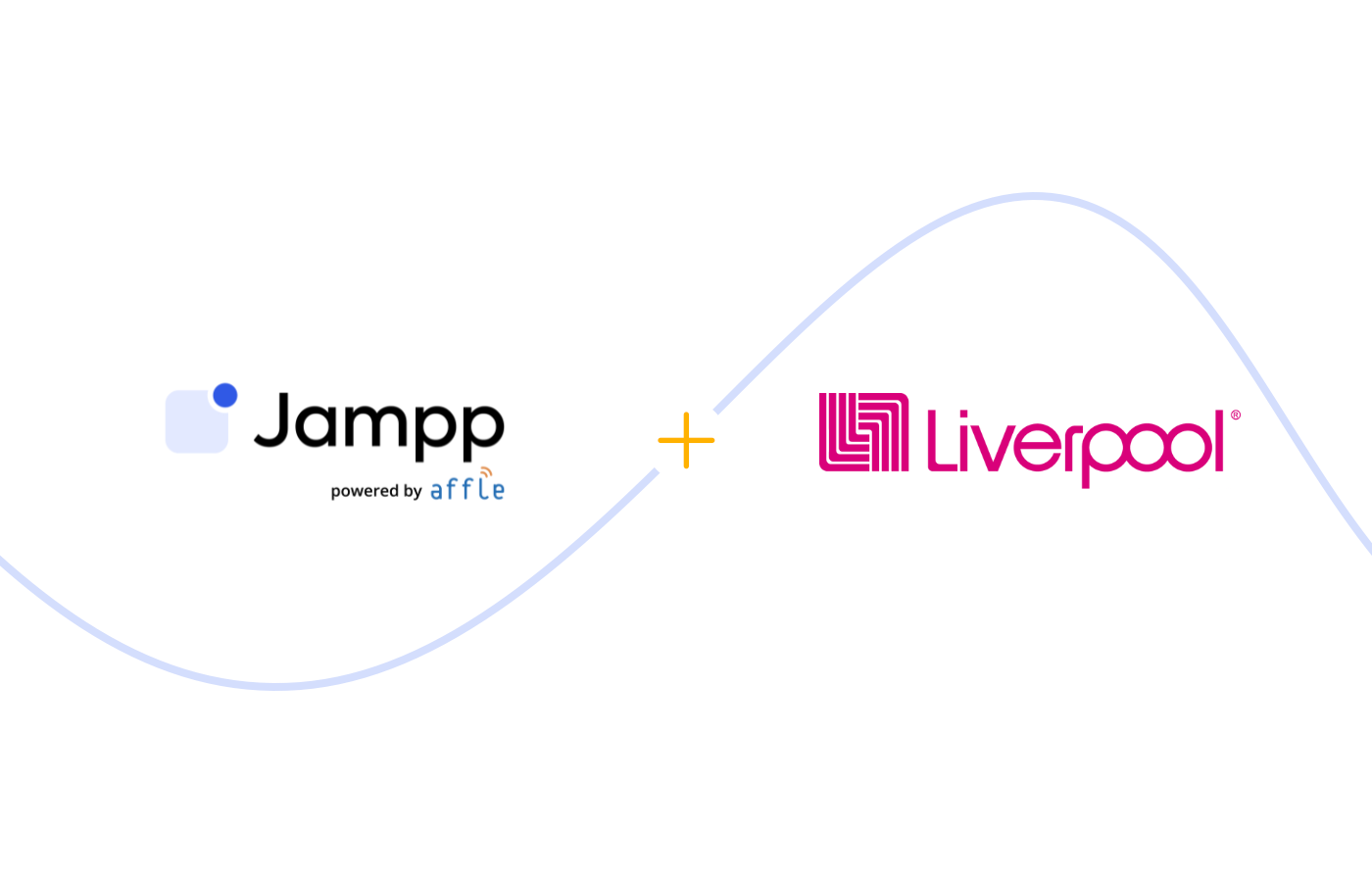Is it safe to share your data with your app marketing provider?
Learn key data sharing best practices to safeguard your app and drive incremental performance in the Privacy Era.
July 28, 2021
.png)
In the era of privacy and transparency, it’s not always safe to share your data, so it’s key to know what kind of data to share and under which circumstances. In this post, we’ll tell you how to leverage your data to ramp up your programmatic campaigns.
What you’ll find in this post:
- When not to share your data with app marketing providers
- What data to share and why
- What happens when you don’t share your campaign data
- How sharing your data can help boost your programmatic campaign
How data privacy is changing mobile marketing
Privacy has become one of the hottest topics in digital marketing. As we move onto a more transparent and user-centric environment, we’ve seen new regulations and, of course, Apple’s changes in IDFA.
At Jampp, we are fully aligned with these new initiatives: we are GDPR, CCPA, and LGPD compliant, and we’ve worked together with our customers and partners to implement SKAdNetwork attribution on iOS 14.5 and smoothly transition to Apple’s ATT framework.
However, safe data sharing goes beyond privacy initiatives. Here are some tips for app marketers looking to scale while protecting their data.
When NOT to share data 🙅
- When there’s no transparency: we don’t recommend sharing your data if the app marketing company doesn’t offer a real-time dashboard, can’t deliver granular reports, or isn’t proactive regarding anomalies or updates. In short: when you have no visibility on what is happening on their end, it’s hard to justify being forth-coming with your own data.
- When there’s no DPA: think twice before sharing your data if the partner in question can’t or won’t sign a solid Data Processing Agreement (DPA) to ensure a higher level of security, in addition to the standard IAB terms. DSPs who put data security first have a standard co-controller DPA in accordance with initiatives such as GDPR. Alternatively, you can draft your own agreement to safeguard your data and verify that your partner is using a qualified data processor.
- When it’s unclear whether your partner complies with local regulations: what is the latest privacy policy update in your region? Does your partner have documentation, a DRI, or a team that can show compliance? A lot of these regulations are new, and there may still be elements to adapt, adjust, or define, but you should feel confident that your partner will work with you to ensure responsible use of your data.
⚠️ The problem with those 3 scenarios isn’t sharing data, it’s sharing data with the wrong partners.
Allowing the right partners to inform their machine learning algorithms with in-app data (in a responsible and transparent way) will result in predictive models that can identify when and how to drive more revenue. That’s how programmatic advertising can deliver incremental results.
Now that we’ve established WHO to share data with…
What data to share and why
Organic data
Organic data, or non-attributed data, refers to the behavioral data from users that interact with your app. This data plays a key role in optimizing programmatic campaigns, supporting:
- Efficient bidding and targeting: organic data fuels the machine learning algorithms used to predict the right bidding price for an impression to a specific user, in real-time.
- Rapid anomaly detection: Comparing behavioral data against campaign results can help identify and solve any potential issues on the spot, from bugs to any form of fraudulent activity.
- Dynamic blacklists: in User Acquisition, this data is used to reach relevant users and avoid wasting impressions on pre-existing customers.
- Always-on Lift Measurement: Jampp’s lift measurement tool relies on organic and attributed data to track incremental performance in real time for both User Acquisition and App Retargeting.
In-app events

Event data, such as when a user registers on an app, adds an item to the cart, or completes a new game level, helps determine the value of a user.
Let’s say a Fitness app is running an App Retargeting campaign to encourage users to subscribe to their paid program. That’s where in-app event data comes into play. When the Fitness app shares data about which users have already completed a specific event (in this case, subscribing to the app’s paid program), it allows the DSP to exclude pre-existing customers from being targeted, maximizing campaign cost-effectiveness and optimizing results.
Uninstall Data
Users that uninstalled an app are less likely to engage with App Retargeting ads for that same app. By considering uninstall data, app marketers can focus their App Retargeting efforts on users that have the app, improving cost efficiency.
In fact, we conducted an A/B test with advertisers across different verticals to effectively determine the actual impact of excluding uninstall data—and the results were promising.

Why data sharing is mutually beneficial
Data sharing goes both ways: app marketers and growth partners should both be proactive and transparent in sharing their data with each other.
This data exchange benefits both parties: app marketers gain full visibility into campaign performance and access in-depth, actionable insights; and growth partners get to scale and optimize the campaign faster and more efficiently.

What happens if you don’t share data with DSPs
When one of the two parties involved in the campaign fails to share their data, performance is compromised.
When DSPs aren’t transparent enough, app marketers lose control over when and where their ads are being served and don’t have access to actionable and granular insights, which can cause them to make less effective marketing decisions.
When app marketers don’t share their data, it’s harder to create dynamic segments or make accurate predictions, which in turn leads to:
- Inefficient and more costly bidding: given that the growth algorithm is not fully leveraged, it is more expensive and difficult to bid for the right user at the right time.
- Longer time to ramp up: the less data points available, the longer the time required for the exploration phase and any subsequent iterations.
- Limited room for optimization: without organic, audience, or uninstall data, it is harder to identify the users that are more likely to convert while avoiding targeting pre-existing users.
How to ramp up your programmatic campaign with data
How quickly and how smartly you can grow on programmatic is directly related to the data you use: the more data available, the faster you’ll see your programmatic campaign ramp up.
At Jampp, we have worked with the fastest-growing companies in our industry. Take a look at our case studies or get in touch with our team to see a live demo. We’ll be happy to help with any questions you may have about programmatic advertising.
Subscribe to our email newsletter









